Unusual technology of the past (11 photos + 2 videos)
A computer for African children, a dating device from the early 2000s, a pocket TV and other curious gadgets that have sunk into oblivion. 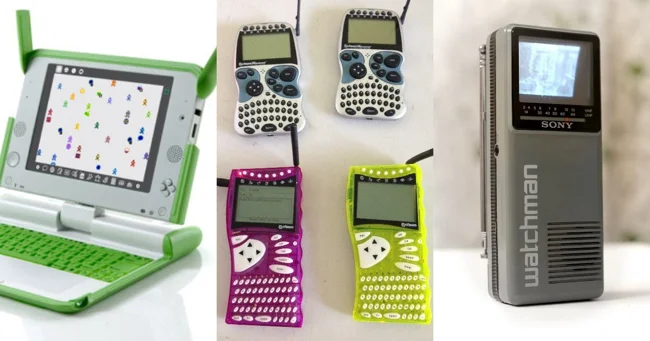
A similar post about old gadgets can be found here.
Cybiko 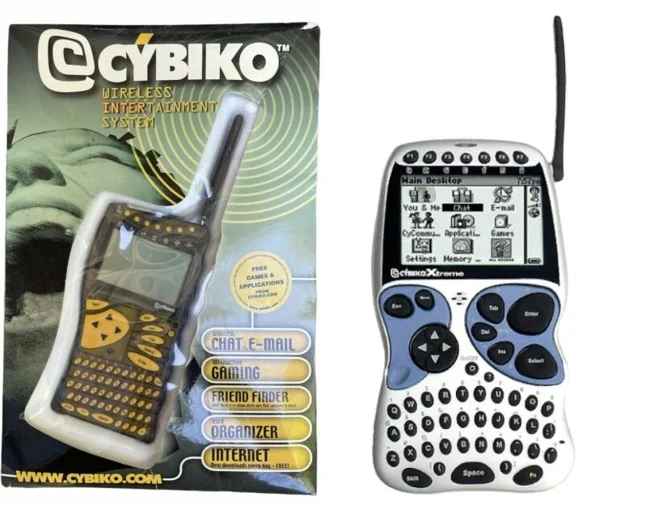
On the left is the original Cybiko, on the right is Cybiko Xtreme
Cybiko is an invention manufactured in Taiwan and sold in the United States. The device was intended for teenagers and replaced them with a smartphone and the Internet before smartphones and the Internet. Cybiko served as a messenger, dating site and gaming console. Each owner of the gadget, when turned on for the first time, filled out a form, indicating not only his full name and age, but also his interests. When another Cybiko owner appeared within a radius of about 100 m, the devices connected and it was possible to correspond and play online. A message appeared on the screen with a number of hearts indicating common interests. One gadget found another gadget and through it also communicated with the third, which was close to the second, but far from the first, through the third with the fourth, and so on. In this way, Cybiko could be combined into a fairly large network (up to 3000 devices). True, in reality one Cybiko found another at a distance of no further than 20 m. 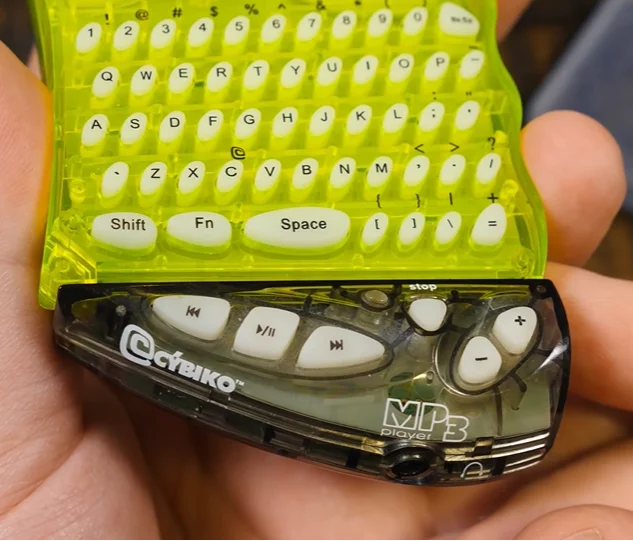
Cybiko itself could not connect to the Internet, but it could be connected to a computer with the Internet and download free games and applications from the official website. The device had 256 KB of memory, while the Cybiko Xtreme had 1536 KB. Additional memory could be connected through a slot at the bottom of the device. You could also plug in a separately sold MP3 player there.
Cybiko appeared in 2000. At the start of sales, the gadget cost $149.99, which is ten dollars more expensive than the calculator, which it looks so similar to. During the year, 500 thousand devices were sold. In 2001, production of Cybiko ceased, and a couple of years later, phones with Internet access completely drove Cybiko out of the market.
OLPC XO-1
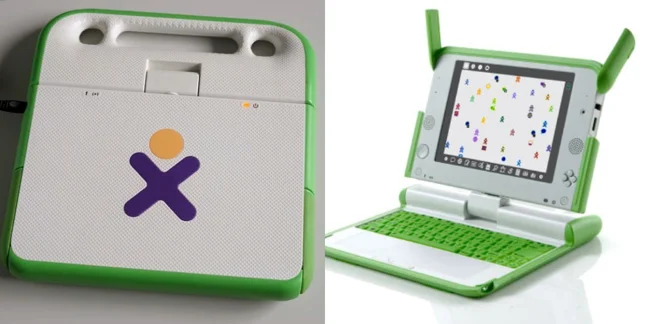
The goal of the creators of the XO-1 was to make a laptop that cost less than $100 for children in developing countries. The device was conceived in the early 2000s, when the average price for a laptop was around $1000. The computers were developed by One Laptop Per Child, a non-profit organization founded under the auspices of the UN in 2005 and closed in 2015.
The organization's idea to give every child in developing countries a laptop failed. Firstly, it was not possible to bring the price of the device to $100; production of the XO-1 cost more than $200. Secondly, the African countries that were primarily targeted by the program had more pressing problems with clean water, medical care and clothing for children, and there was no Internet. However, as of 2015, about 3 million laptops were sold to governments in Africa, South America and Asia.
Uruguay became the first country to purchase the XO-1 for schoolchildren. Unfortunately, this acquisition did not affect the educational success of Uruguayan boys and girls and did not increase the level of literacy. It turned out that children use the XO-1 mainly for games. And the Nigerian News Agency wrote in 2007 about humanitarian computer aid from the United States: “Efforts to promote laptop-based learning at a primary school in Abuja have failed because students are using adult websites.”
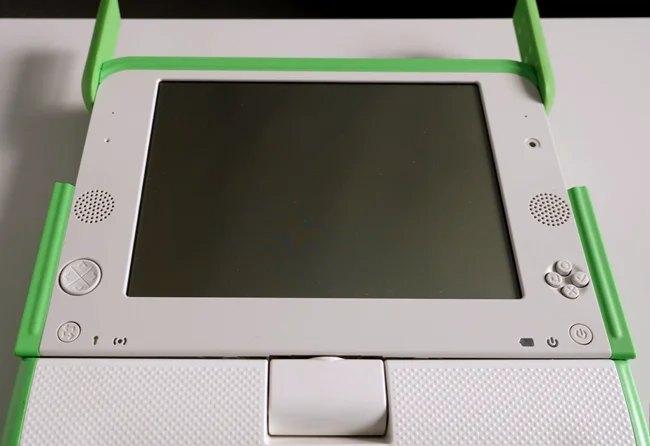
The computer was designed with the expectation that it would be used by children: a rubber cover, a rubber keyboard, and a shock-resistant case. The bright, but at the same time low-power TFT LCD screen with a diagonal of 19 cm was created specifically for open-air schools. The laptop could be unfolded or the screen could be turned over and folded, thereby turning it into a tablet. The green laptop, reminiscent of Shrek, with horns, antennas, and latches had an AMD Geode LX-700 processor, 256 MB of RAM and 1 GB of flash memory.
Sony Watchman
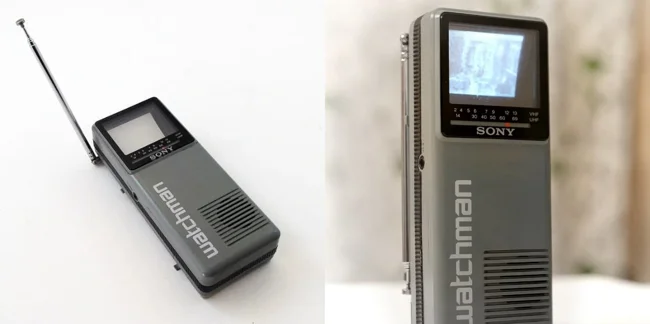
Everyone knows about the Sony Walkman player, but there was also a pocket TV called the Sony Watchman. Sony released its first mini-TV in 1982. Watchman was discontinued in 2000 due to the rise of digital broadcasting. The FD-10A is the most popular Watchman model, and a total of 65 models were created. The FD-10A appeared in a number of Hollywood films in the 1980s, most famously Rain Man and Wall Street. The TV ran on four AA batteries and had a 5 cm diagonal screen.
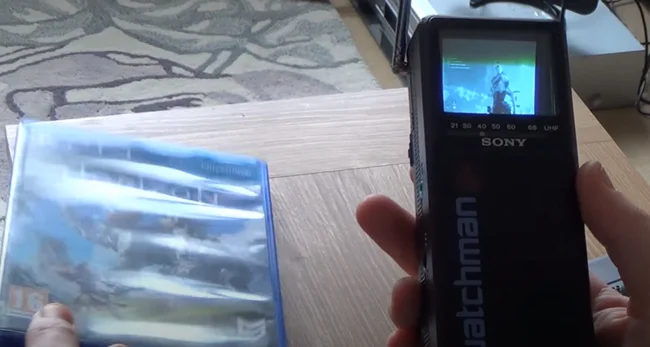
The blogger connected the FD-10A to the PS4 Pro and played Horizon Zero Dawn on the tiny screen.
Chumby
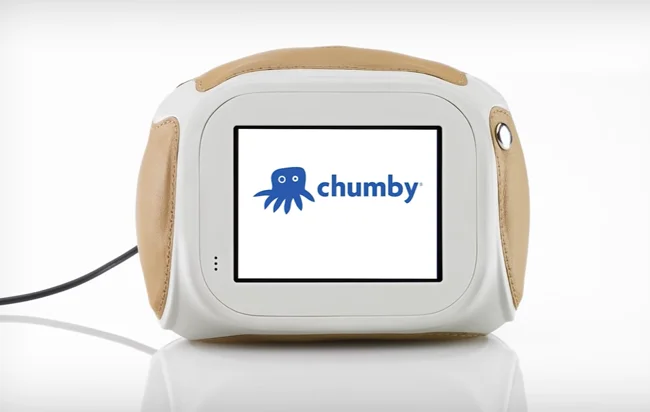
The Chumby mini-computer appeared in 2008. In the US, the device cost $179.95. At the same time, Chumby was named one of the best gadgets of the year by Wired magazine. Chumby is a radio alarm clock for the bedside table, but only with a touch screen (8.9 cm diagonal), Internet and in a leather case. The gadget could connect to the Internet via Wi-Fi, could show the weather, time and calendar, with its help you could send letters, play music from a flash drive and listen to the radio (the FM tuner was in the second Chumby One model). It could also be used to view news, pictures, and social networks. Chumby was not portable and was mains powered.
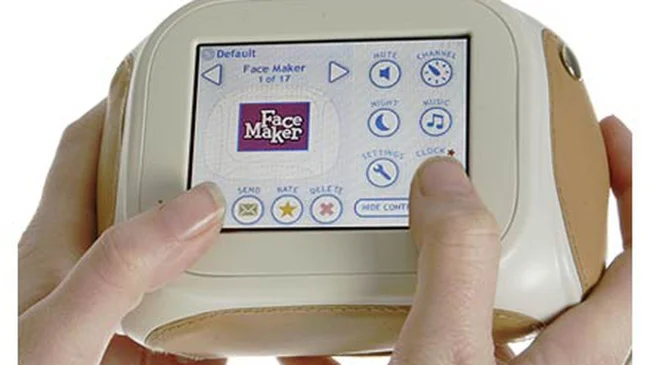
Inside, Chumby had 64 MB of SDRAM and 64 MB of flash memory.
The device was not popular; in 2012, Chumby Industries, Inc. went bankrupt, and production and support of the devices were discontinued.
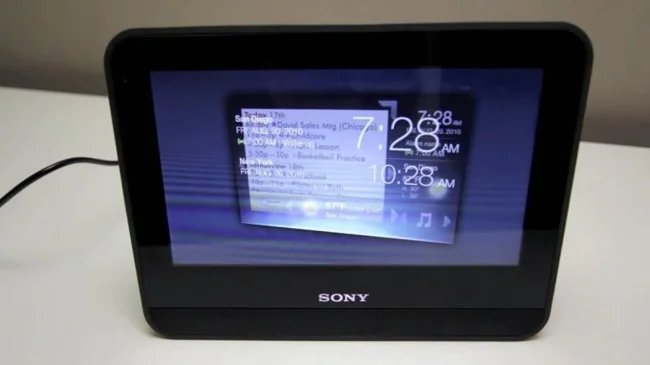
Sony released Dash in 2010, which is similar to Chumby and works with the same applications. Dash was officially discontinued in 2017.
Gizmondo
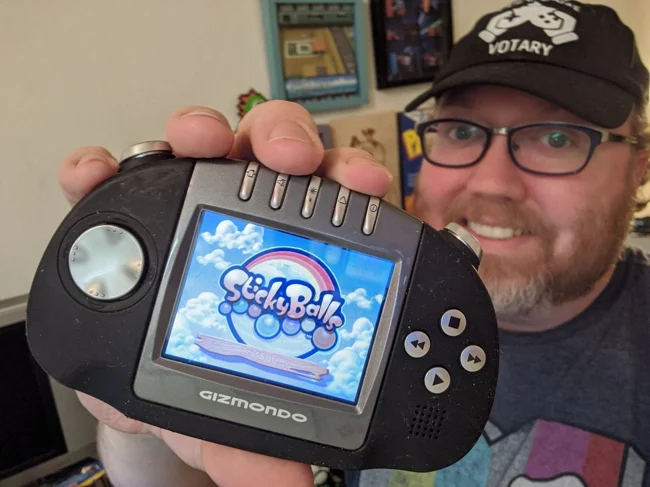
Gizmondo is considered the most unsuccessful portable gaming console. It was created by the English company Tiger Telematics to compete with consoles from Nintendo and Sony, but only 25 thousand consoles were sold in a year. Sales of Gizmondo started in March 2005, but already in February 2006 the company went bankrupt, production of Gizmondo was discontinued, and the head of Gizmondo Europe was accused of having connections with the Swedish mafia and went to prison.
In 2005, the gadget cost £229, and the version that showed users ads based on their location cost £129. It's funny that the smart advertising system Smart Adds was never launched, so the owners of the cheaper version ended up winning.
Only 14 games out of 30 planned were released for Gizmondo. The console was equipped with a TFT display with a diagonal of 7 cm and a resolution of 320 × 240 pixels, 1.2 MB of graphic memory and 128 MB of RAM.
